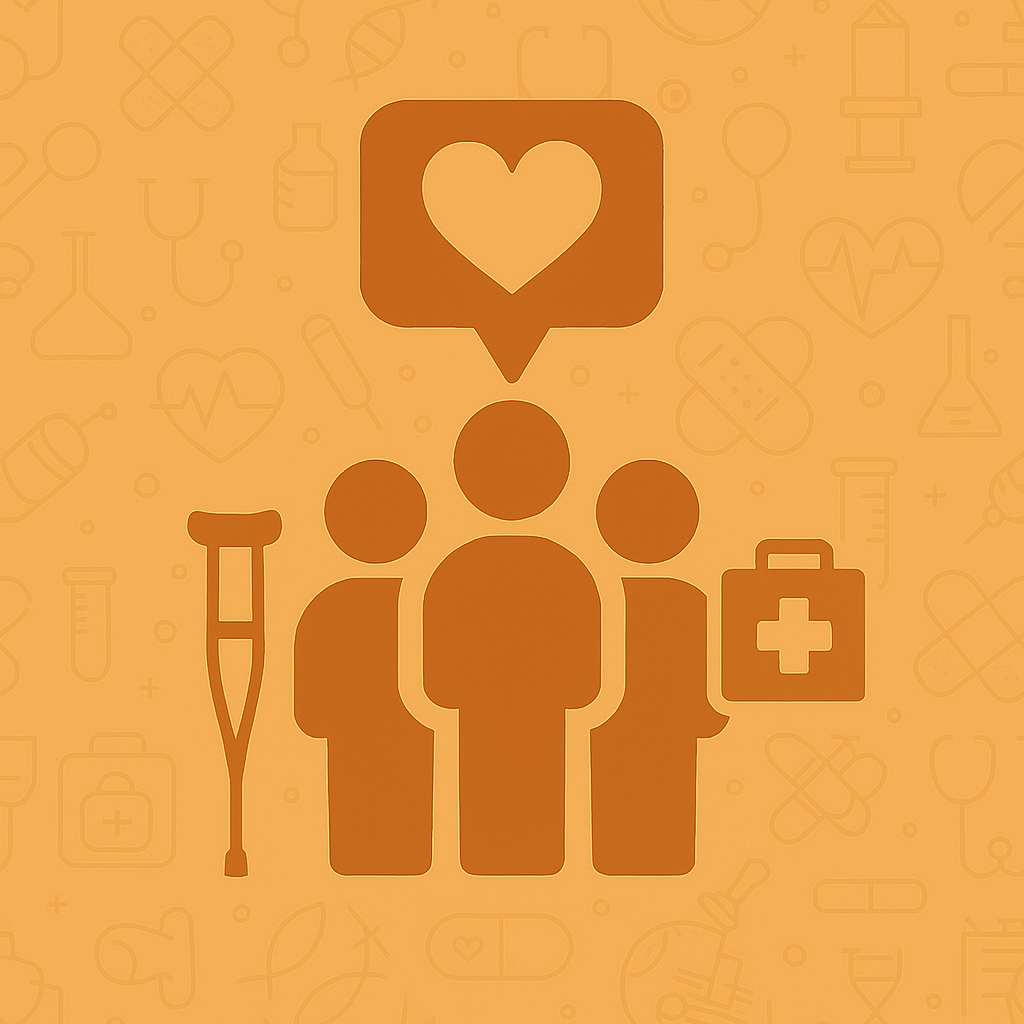Clinical Translational Science
 What is translation?
What is translation?
- The process of turning observations in the laboratory, clinic and community into interventions that improve the health of individuals and the public
What is translational science?
- A key tenant of translational science is to understand common causes of inefficiency and failure in research (i.e. barriers).
- Many of these barriers are the same across targets, diseases, and therapeutic areas. Therefore, translational science focuses on the general case that can be applied to research on any target or disease.
What is a translational barrier?
- The obstacle(s) that hinder the movement of scientific discoveries from the laboratory into clinical practice, and ultimately, into public health benefits
What are examples of translational barriers?
- Lack of patient/community engagement in the development of health interventions
- Lack of data fidelity, interoperability, and/or transparency
- Lack of novel clinical trial end points (i.e. metrics used to measure health outcomes)
- Additional examples spanning pre-clinical through public health research (i.e. the translational science spectrum) are raised in:
- Austin CP. Opportunities and challenges in translational science. Clin Transl Sci. 2021 Sep;14(5):1629-1647. doi: 10.1111/cts.13055. Epub 2021 Jul 8. PMID: 33982407; PMCID: PMC8504824.
- Leppin AL, et.al. Situating dissemination and implementation sciences within and across the translational research spectrum. J Clin Transl Sci. 2019 Jul 29;4(3):152-158. doi: 10.1017/cts.2019.392. Erratum in: J Clin Transl Sci. 2020 Jul 06;4(4):371. doi: 10.1017/cts.2020.490. PMID: 32695482; PMCID: PMC7348034.
- Rim JG, et.al. Accelerating evidence generation: Addressing critical challenges and charting a path forward. J Clin Transl Sci. 2024 Oct 31;8(1):e184. doi: 10.1017/cts.2024.621. PMID: 39655038; PMCID: PMC11626582.
- CCTS Clinical & Translational Science Pilot Program
- Pilot Projects in Translational Science (see below)
- CCTS Clinical & Translational Science Research Program
How are translational barriers identified and overcome?
- Translational barriers are often part of the systems in which research is conducted. Therefore, innovations may be a matter of addressing scientific, operational, financial, or administrative burdens.
- The identification and application of translational science principles accelerate the development, demonstration and dissemination of research to improve health.
Pilot Projects:
 What is a Pilot Project?
What is a Pilot Project?
- Pilot projects are small projects often done to assist in the preparation of a larger, more comprehensive study.
- Study aims focus on assessing feasibility (of recruitment, consent, randomization, data collection), scalability, acceptability, fidelity, or estimating parameters needed for a larger study.
- While pilot projects consist of planned methods to collect and analyze data, descriptive statistics are generally utilized (e.g. mean, range, standard deviation, frequency).
- References and Suggestions:
- David Redden, PhD, Research Methodologist, discusses “Designing & Conducting Pilots”
- NIH NCCIH “Pilots: Common Uses and Misuses”
- Spoiler: Pilot projects are intended to answer, “Can I do this?”, not “Does the intervention work?”.
- What are NOT pilot projects?
- A pilot project is NOT a repackaged, underpowered version of a larger study.
- A pilot project is NOT intended to test a hypothesis. Therefore, a pilot project is NOT designed to evaluate the effect (sizes) of an intervention on the participants (see Clinical Trial Decision Tool Question 3) and inferential statistics are NOT appropriate (e.g. T-tests, ANOVA, Chi-Square, Regression).
- A pilot project should NOT be the basis of a sample size calculation for a main trial, as the minimum important difference (MID) should be based primarily on clinical judgement rather than statistics (doi:10.1136/bmj.i5239).
What should every pilot proposal address?
- How will the proposed work inform the next study?
Pilot Projects in Translational Science:
 Translational Barrier: Engagement of affected individuals in the development and implementation of health interventions
Translational Barrier: Engagement of affected individuals in the development and implementation of health interventions
Development of health interventions often overlooks the very individuals the interventions are intended to help, leading to unforeseen ‘fatal flaws’ in the study design. To address this gap, a CCTS pilot study systematically assessed the patient and their caregivers’ knowledge and needs to inform the development of a home-based health program. The information gathered during this pilot, such descriptive statistics charactering participants, inform targeted recruitment for future mixed methods research studies focused on identifying perceived barriers and facilitators to participation and adherence of a home-based program intended to improve frailty and post-operative outcomes.
Translational Barrier: Patient Recruitment
Clinical trial failure is frequently attributed to lack of patient recruitment. A CCTS pilot project sought to assess the feasibility of a novel recruitment method – adolescent peer recruitment. The study team evaluated if peer recruiters could engage adolescents of similar age, background, and experiences. This work will inform the development and understanding of novel recruitment methods, which are desperately needed as part of clinicians providing evidence-based health interventions in populations most negatively impacted.
Translational Barrier: Patient Recruitment
Clinical studies and trials aim for participants to be representative of the population affected by disease. However, study participation is frequently a reflection of availability, rather than clinical presentation. To overcome this misalignment, a CCTS pilot project assessed the feasibility of engaging individuals inadequately represented in a clinical program and identify drivers towards their participation to inform future programmatic outreach.
Translational Barrier: Fidelity of Remote Data Collection
Remotely delivered health interventions represent a relatively new era of clinical research. However, remote measurement of health represents a barrier to larger utilization and participation, particularly for individuals with transportation issues. A CCTS pilot project aimed to validate a method to remotely measure health outcomes, which is expected to increase the enrollment and retention of healthy and physically disabled participants
Translational Barrier: Novel Clinical Trial Design
In several clinical settings, physicians lack evidenced-based methods to predict health outcomes, especially at the point of care, which represents a major translational barrier towards examining the efficacy of health interventions (i.e. clinical trial design). To address this barrier, a CCTS pilot project seeks to identify clinical predictors of poor health outcomes. Using sepsis survivors as the initial use-case, the study team will conduct an observational, prospective study to assess if physical function recovery trajectory and rehospitalization events can inform the development of post-intensive care unit recovery subgroups. Establishment of these subgroups could inform a novel approach to clinical trial design within and beyond the context of sepsis.
With modest pilot support, investigators can systematically and proactively address barriers in research design, thereby developing more predictive and successful health interventions.